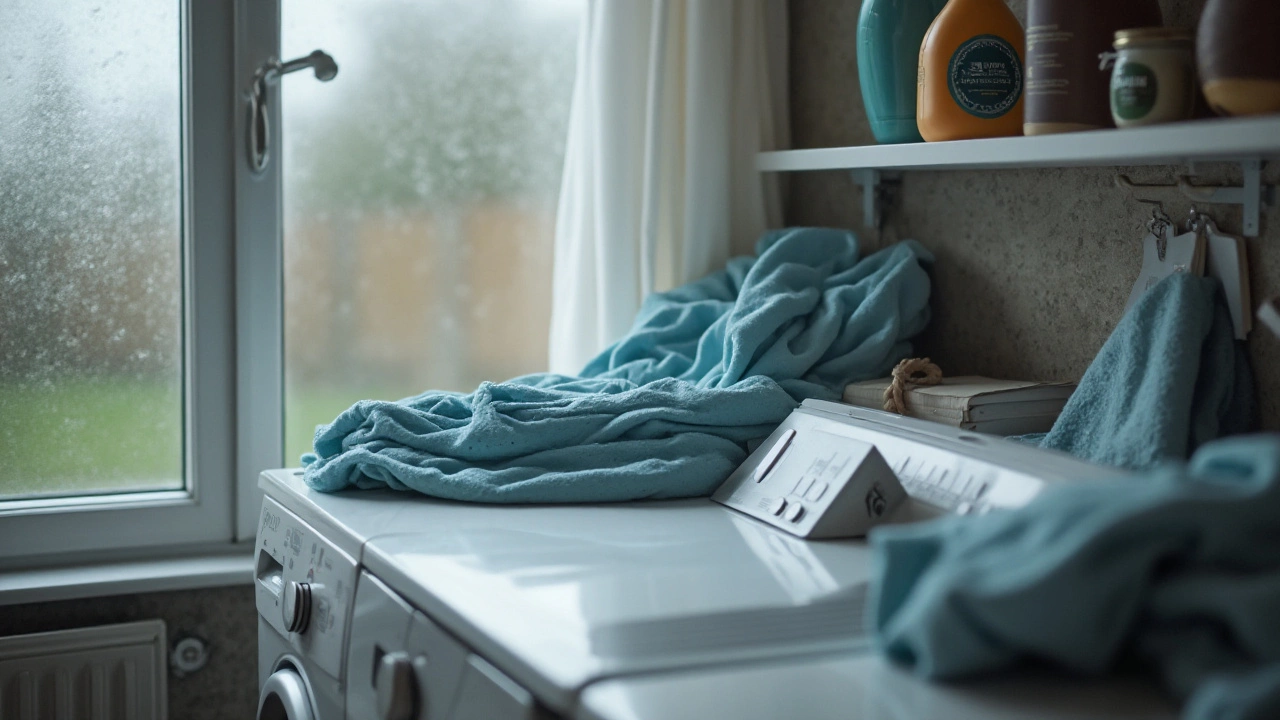Washing Machine Maintenance: Simple Tips to Keep Your Washer Happy
Got a washing machine that’s started making odd noises or taking ages to finish a cycle? Most of those annoyances can be stopped with a few easy habits. You don’t need a tech degree – just a little time each month and the right checklist.
Everyday Care for Your Washer
First off, always use the correct amount of detergent. Too much creates excess suds, which can lock up the pump and leave a soapy film on your clothes. Follow the label or the machine’s manual – it’s usually less than what most people think.
Next, keep the door seal clean. A damp gasket is a magnet for mold, mildew, and nasty odors. Wipe it down with a soft cloth and a mixture of water and vinegar once a week. If you see any crusty buildup, give it a gentle scrub with an old toothbrush.
Don’t forget the filter. Most front‑loaders have a lint or pump filter that traps lint, hair, and small objects. It’s usually behind a small panel on the front or bottom of the machine. Pull it out, rinse it under running water, and pop it back in. Do this every 4‑6 weeks – it helps prevent blockages and keeps the drain running smooth.
Level the machine. An uneven washer can vibrate wildly, causing wear on the bearings and even damage to the floor. Use a spirit level on the top of the drum and adjust the rubber feet until the machine sits flat. It takes a minute, but it saves you from a lot of head‑bangs later.
Troubleshooting Common Issues
If your washer won’t spin, check the load balance first. Over‑loading or a single heavy item can throw the drum off‑balance. Try redistributing the clothes or running a smaller load. If it still won’t spin, the door latch might be the culprit – the machine won’t spin unless the door is tightly sealed.
Stinky water at the end of a cycle? Run a cleaning program or a hot wash with a cup of washing‑machine cleaner or white vinegar. This flushes out detergent residue and kills any bacteria living in the drum.
Leaking water? Look at the hoses behind the machine. Over‑tightened hoses can crack, and loose clamps can cause drips. Turn off the water supply, disconnect the hoses, and inspect them for wear. Replace any hose that feels brittle or shows signs of cracking.
Finally, keep an eye on the noise level. A rattling sound often means a foreign object – like a coin or a button – is stuck in the drum or pump. Pull out the pump access panel (usually at the back or bottom), remove the hose, and shake out any debris.
By doing these quick checks once a month, you’ll catch problems early and extend the life of your washing machine by years. If something still feels off after these steps, it’s time to call a pro – but most everyday hiccups can be fixed by anyone with a bit of patience.






